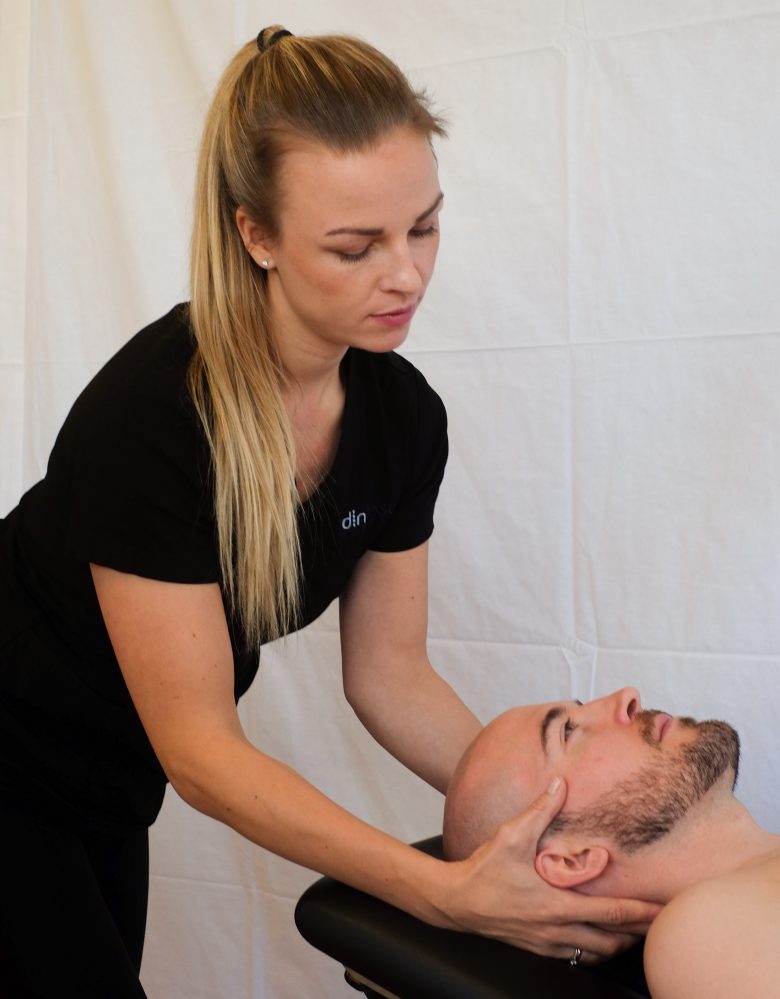At my peak of full-time practice, we had 1800 active practice members. The vast majority had been with us multiple years. A chiropractor came to visit me and said, “We don’t have patients looking for long-term care in my city.” I told him, of course, “Neither do we!”
My last new patient last week was the most medically-oriented, 2019 minded individual I have dealt with to date. Her family of 5 has had every medical procedure, elective surgery, test, drug, vaccine, treatment, and chemical product you can possibly receive from conventional healthcare. As a result of nearly two years of prodding by other patients of mine, she finally brought her daughter in who has been suffering with persistent low back problems – who was also, in fact, having a host of other health issues.
The appointment was everything you would imagine in your medical nightmares. I heard statements such as:
- “I don’t want her getting addicted to chiropractic.”
- “How can it be a problem if the pain-killers make it go away.”
- “There’s really nothing wrong, it just starts whenever she tries to play soccer or exercise.”
- “We’re not worried about her skin issues, they mostly go away with the Accutane and antibiotics.”
- “She doesn’t have severe digestive problems, she just forgets to take her medications sometimes.”
- “Wouldn’t a surgery fix this faster?”
- My 2 personal, 2019 favorites were: 1. They got the x-rays at a walk-in clinic because they thought it would be cheaper. 2. They looked at the x-rays on their own computer before coming in and asked me if they could just get what they needed to help her from Amazon.
As bad as all of that sounds and as un-fun as it was to experience it, she signed her daughter up for our full corrective plan and made an appointment for the rest of the family.
Predictable and sustainable results like these and transitioning people from medically-oriented pain care to actual chiropractic, corrective-long-term care requires two key things:
- A set of procedures and a communication system that the doctor and staff execute at a level of precision equal to how valuable the lives of every person we see in our office is. People are important and deserve our best foot forward every time.
- A deep anchoring to chiropractic principles and a healthy dose of disdain for the failure of the conventional system to improve lives. At one point I did tell this patient that what the doctors have told you about your daughter’s spine and her health is patently false and an indication as to why we have the worst healthcare system in the world. (They said her spine was “normal” -despite scoliosis, a 1.4” difference in pelvic and femur head height, and a reversed cervical curve).
There are many processes out there. I always say, “The best process is the one that works – and works on the most difficult cases.” With full access to the internet, Amazon, and more and more people having previous chiropractic experience; chiropractic teams will have to execute better and better and better over time to succeed.
Want to find out how to succeed? Click here.

